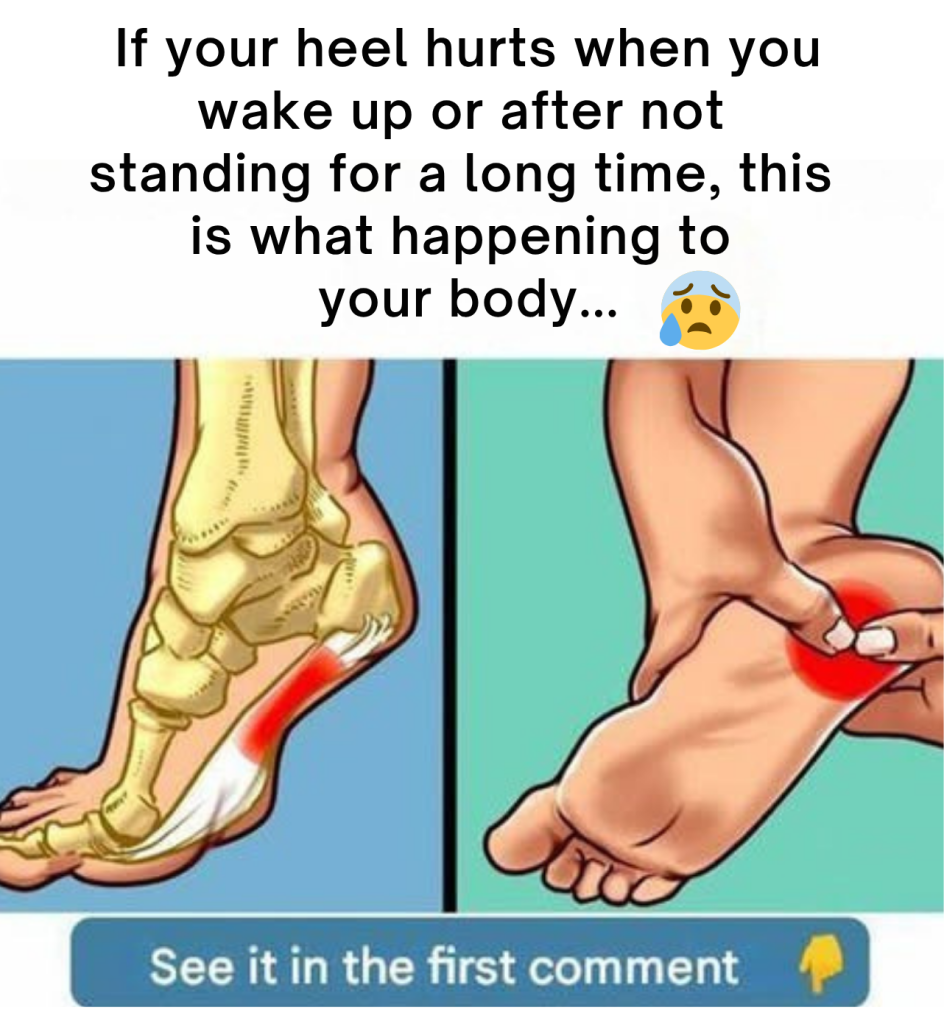Plantar fasciitis is a leading cause of heel pain, typically triggered by inflammation of the thick tissue band (plantar fascia) that connects the heel bone to the toes. The discomfort often feels sharpest in the morning or after prolonged inactivity. Fortunately, a consistent stretching and strengthening routine can support healing, ease discomfort, and help prevent future flare-ups. Below are some of the most effective movements to support recovery.
1. Gentle Morning Stretch with a Towel
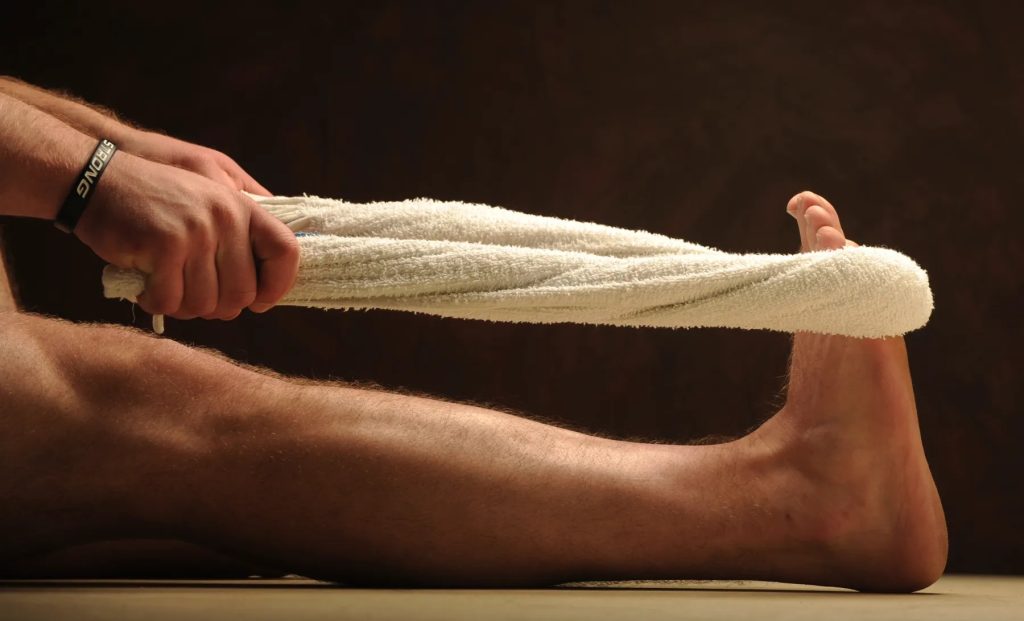
To begin your day with less foot pain, try this passive stretch to loosen the plantar fascia and calf muscles. This stretch helps warm up the fascia before your first steps.
- Sit with both legs extended straight in front of you.
- Loop a towel or strap around the ball of the affected foot.
- With both hands, slowly draw the towel toward you, keeping your knee straight.
- Maintain the stretch for 20–30 seconds. Repeat up to 3 times per foot.
2. Wall-Assisted Calf Stretch
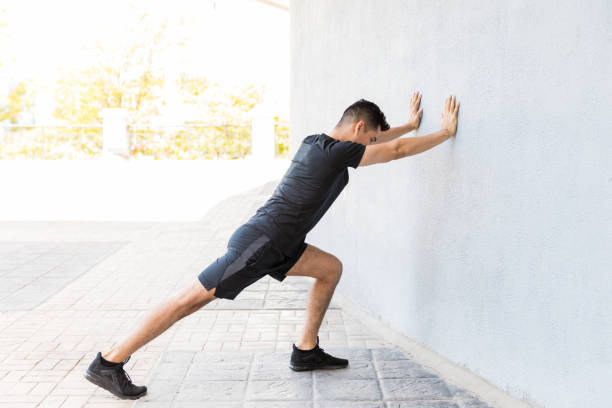
Tight calf muscles can aggravate plantar fasciitis symptoms by increasing pressure on the heel. Regular calf stretching may relieve strain across the foot.
- Stand facing a wall, both palms pressed against it at shoulder height.
- Extend one leg behind you, keeping the heel grounded and the knee straight.
- Bend the front knee gently until you feel a stretch in the back calf.
- Hold for 20–30 seconds, then switch legs. Repeat twice per leg.
- Tip: Keep your hips square to the wall to avoid twisting.
3. Plantar Fascia Self-Stretch
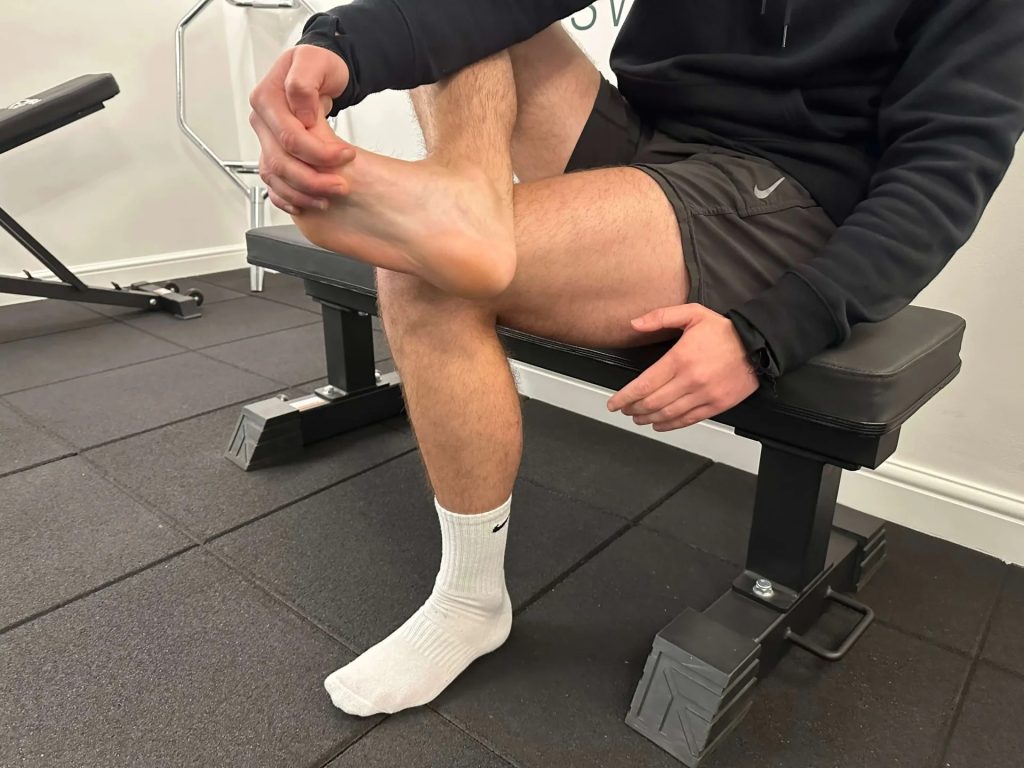
This stretch targets the plantar fascia directly and is especially helpful before standing or after sitting for long periods. This movement can be done multiple times a day to ease stiffness.
Instructions:
- While seated, cross the affected foot over the opposite thigh.
- Use your hand to pull your toes back gently toward your shin.
- You should feel the stretch along the bottom of the foot.
- Hold for 20 seconds, repeating 2–3 times.
4. Massage Using a Ball or Bottle
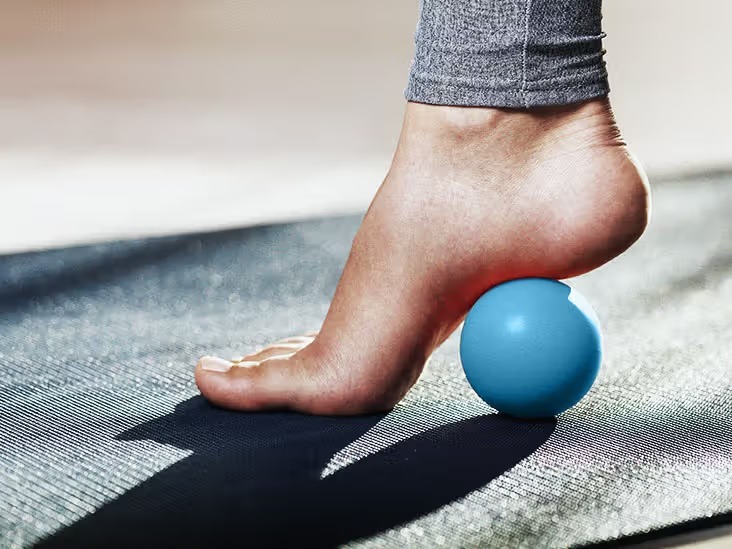
Rolling a small object under the arch can relieve tension and promote circulation. A frozen bottle can also help reduce inflammation.
- Sit in a chair and place a tennis ball, golf ball, or frozen water bottle under your foot.
- Gently roll it back and forth from heel to toe, applying moderate pressure.
- Continue for 1–2 minutes. Repeat several times daily.
- Pro tip: Do this before bed to reduce morning stiffness.
5. Toe Raises (a.k.a. Toe Taps)
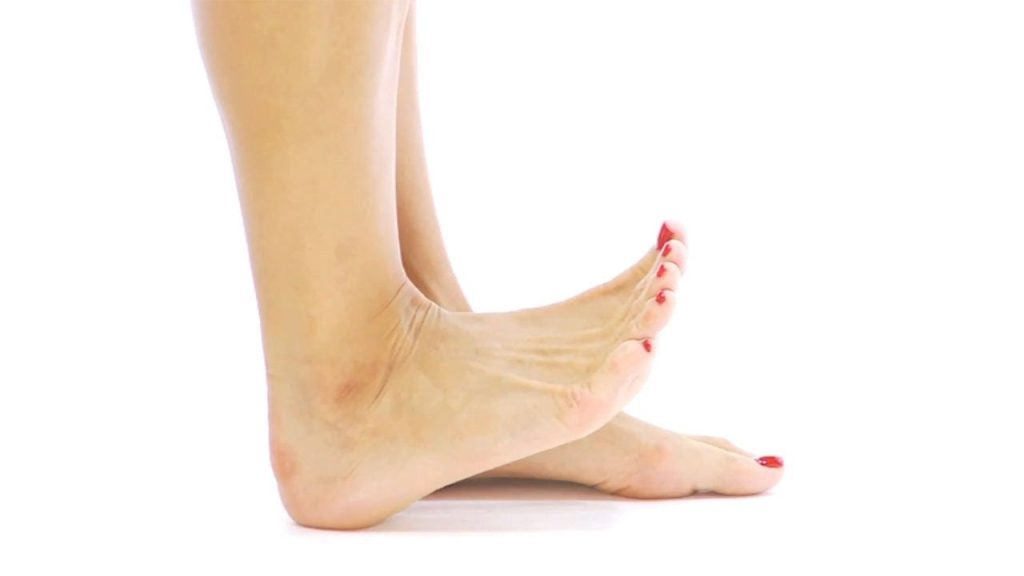
Strengthening the small foot muscles supports the arch and can help prevent stress on the plantar fascia. This simple movement can be done discreetly at your desk or during rest breaks.
- While seated with both feet flat, lift all your toes off the floor while keeping heels down.
- Pause briefly, then lower the toes.
- Perform 10–15 repetitions per set, aiming for 2–3 sets per day.
6. Foot Flex & Point Routine
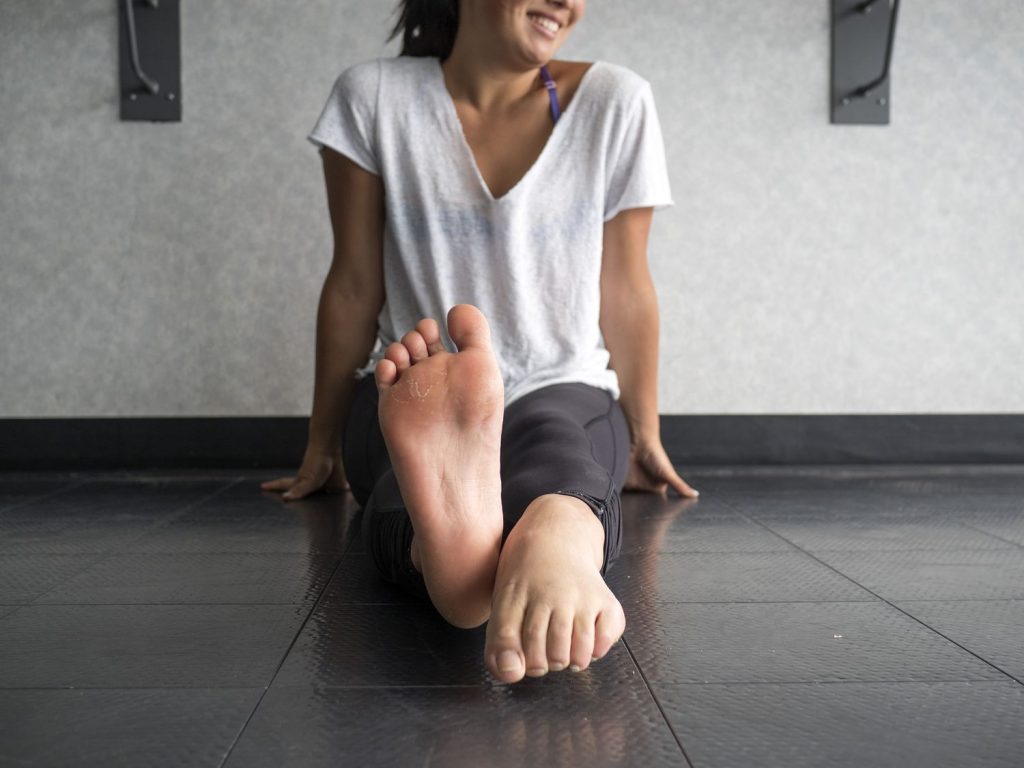
Improving foot flexibility helps with overall mobility and lessens tissue tightness around the heel.
Try this:
- Sit with legs straight.
- Flex one foot, pulling toes toward your body; hold for 5 seconds.
- Then point the toes away and hold again for 5 seconds.
- Perform 10–15 repetitions per foot.
7. Ankle Mobility Circles
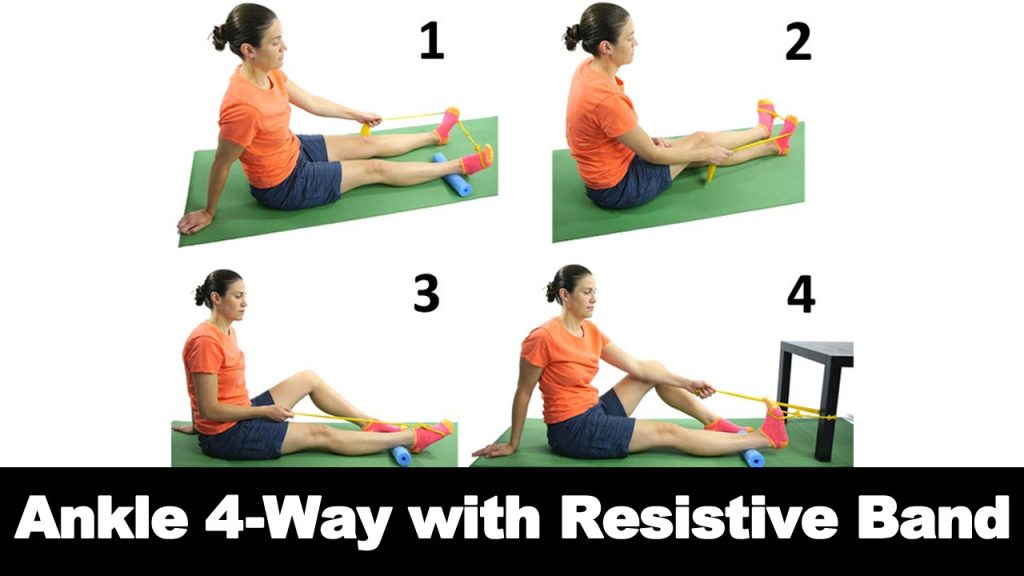
Improving ankle mobility helps ensure your foot and heel absorb impact efficiently and reduces plantar fascia strain. This low-impact exercise is great for circulation and range of motion.
- While seated or lying down, lift your leg slightly.
- Slowly rotate the ankle clockwise for 10 rotations, then switch to counterclockwise.
- Repeat on the other foot.
When to Talk to a Professional
If your symptoms don’t improve after several weeks of self-care, or if pain worsens, it’s wise to consult a podiatrist or physical therapist. Advanced treatments may include orthotics, night splints, or targeted therapy.
Preventative Tips to Keep Heel Pain Away
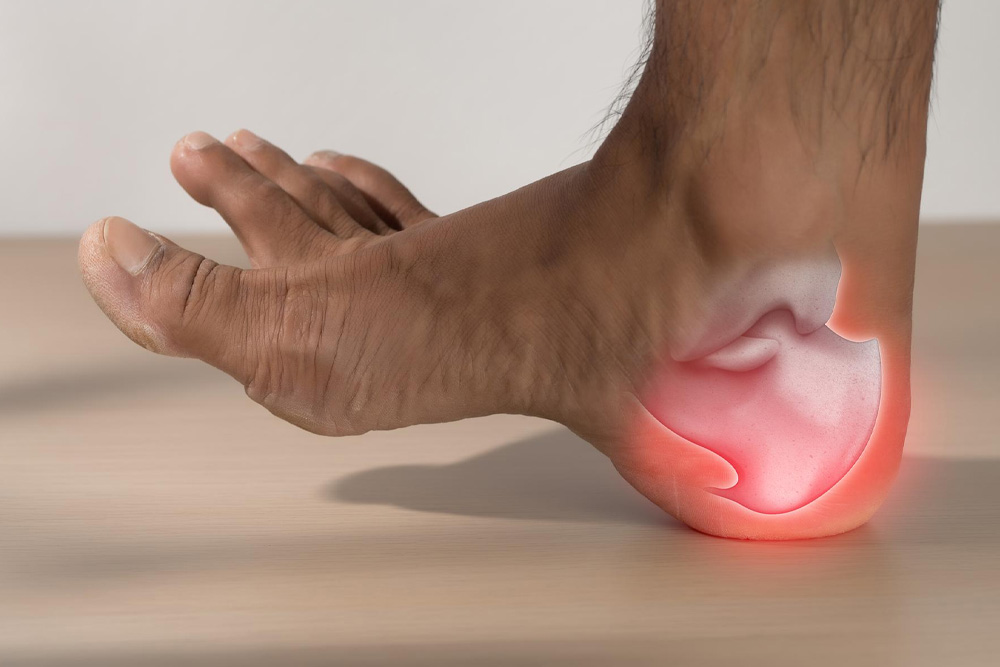
- Choose footwear with firm arch support and cushioning.
- Avoid walking barefoot on hard floors.
- Stretch calves and foot muscles before and after exercise.
- Maintain a healthy body weight to reduce pressure on your feet.
By adopting these exercises and habits consistently, you can significantly improve your foot comfort and reduce the risk of recurring plantar fasciitis.
